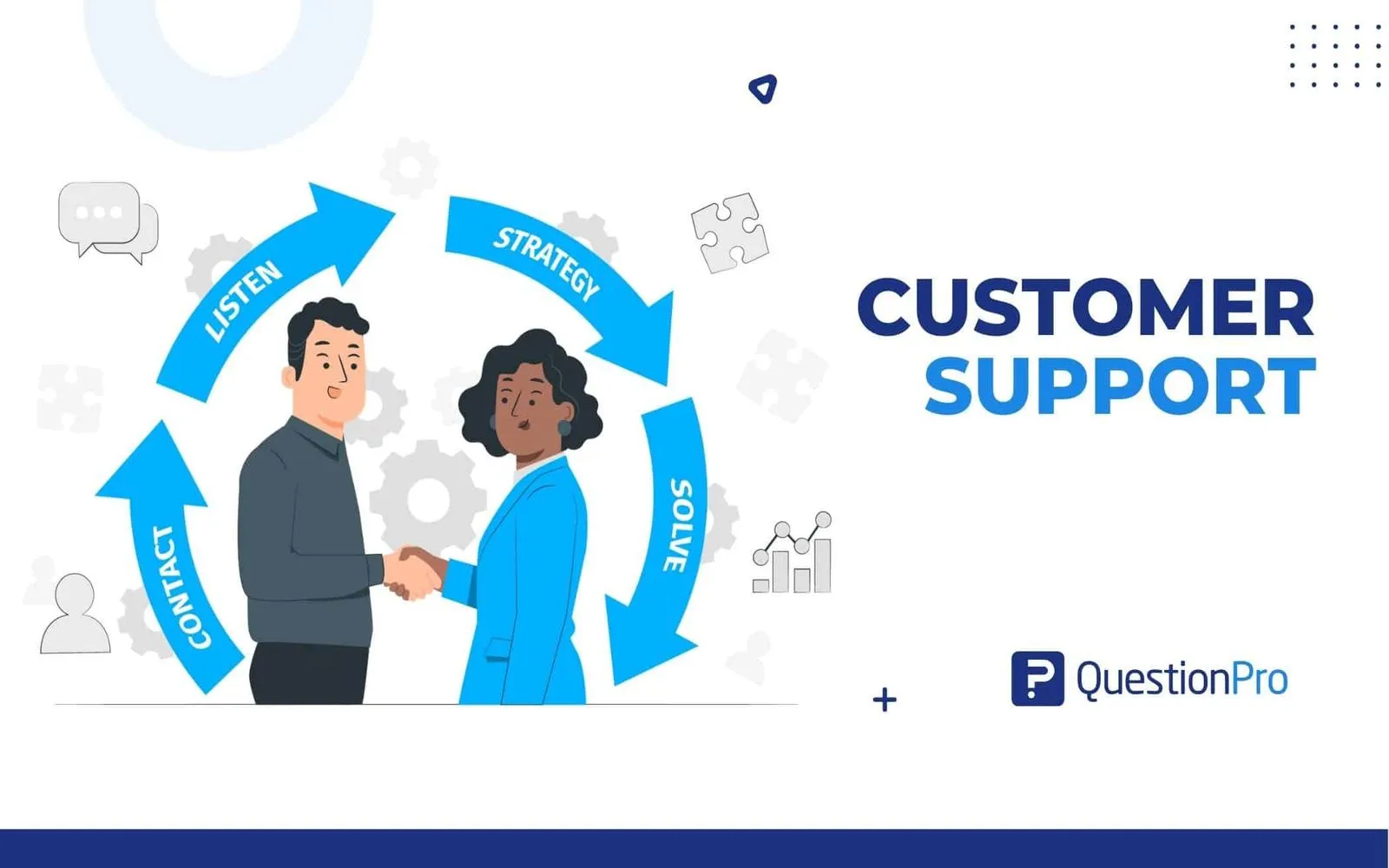Pros and Cons of Outsourcing Customer Service in 2025
In 2025, outsourcing customer service offers advantages like cost efficiency and access to global talent, enhancing scalability and support availability. However, potential drawbacks include diminished brand control and challenges in maintaining customer satisfaction. Furthermore, language barriers and cultural differences may impact communication, making it crucial for businesses to weigh these pros and cons carefully.
Outsourcing customer service has become a hot topic in the business world, especially as we look ahead to 2025. Companies are continually evaluating the pros and cons of outsourcing this critical function. In this article, we will explore the benefits and drawbacks of outsourcing customer service to help you make an informed decision for your business.
Pros of Outsourcing Customer Service
One of the primary advantages of outsourcing customer service is cost efficiency. Many companies find that by partnering with third-party service providers, they can significantly reduce operational costs. Outsourcing allows businesses to avoid expenses related to hiring, training, and maintaining an in-house team. In 2025, this trend is expected to grow as more businesses recognize the financial benefits of outsourcing.
Another significant benefit is access to specialized expertise. Customer service outsourcing companies often employ trained professionals who specialize in handling customer inquiries and complaints. These experts are skilled in various communication channels, such as phone, email, and live chat, providing a level of service that may be difficult to achieve with an in-house team. By outsourcing, businesses can enhance customer satisfaction and improve their overall service quality.
Outsourcing also offers increased flexibility. As customer demands fluctuate, businesses can scale their customer service operations more easily by working with an outsourcing partner. This flexibility is particularly beneficial during peak seasons or when launching new products. Companies can quickly adjust their customer service capacity without the long-term commitment of hiring new staff.
Cons of Outsourcing Customer Service
While there are several benefits, there are also notable drawbacks to consider. One of the most significant concerns is the potential loss of control over customer interactions. When a business outsources its customer service, it may struggle to maintain the same level of quality and consistency in service delivery. This can lead to customer dissatisfaction if the outsourced team does not align with the company’s values and standards.
Another issue is communication barriers. Outsourcing customer service can sometimes lead to misunderstandings due to language differences or time zone challenges. These communication issues can frustrate both customers and service representatives, ultimately affecting the customer experience. In 2025, as technology evolves, companies will need to address these barriers to ensure seamless communication between customers and outsourced teams.
Additionally, there is the risk of data security concerns. When outsourcing customer service, companies must share sensitive customer information with third-party vendors. This can lead to potential data breaches if the outsourcing partner does not have stringent security measures in place. As data privacy regulations become more stringent, businesses must carefully evaluate the security practices of any outsourcing company they consider.
Cost Comparison: In-House vs. Outsourced Customer Service
| Aspect | In-House | Outsourced |
|---|---|---|
| Initial Investment | Higher (recruitment, training, equipment) | Lower (contractual fees) |
| Ongoing Expenses | Salary, benefits, overhead | Monthly fees, performance incentives |
| Flexibility | Low (fixed workforce) | High (scalable) |
| Quality Control | Higher control | Variable (depends on provider) |
| Customer Satisfaction | Dependent on internal team | Potentially higher (specialized skills) |
Best Practices for Outsourcing Customer Service
If you decide to pursue outsourcing customer service, there are several best practices to follow. First, it’s essential to conduct thorough research when selecting an outsourcing partner. Look for a company with a strong reputation, proven experience, and positive customer reviews. Make sure to evaluate their training processes and technology capabilities to ensure they can meet your business needs.
Next, establish clear communication channels and performance metrics. Setting expectations from the outset can help mitigate potential issues down the line. Regular check-ins and performance evaluations will ensure that the outsourced team is aligned with your business objectives and customer service standards.
Finally, prioritize customer feedback. Implement mechanisms for gathering customer input on their experiences with the outsourced team. This feedback can provide valuable insights that inform ongoing training and development, ensuring that the service provided meets your customers' expectations.
Conclusion
Deciding whether to outsource customer service in 2025 involves weighing the pros and cons carefully. While there are significant advantages such as cost savings, access to expertise, and increased flexibility, businesses must also consider potential downsides like loss of control and communication barriers. By following best practices and choosing the right partner, companies can leverage the benefits of outsourcing while minimizing the risks. Ultimately, the decision should align with your overall business strategy and customer service goals.
Explore

How Small Businesses Can Benefit from Call Center Outsourcing
Unlocking Success: How Call Answering Services Enhance Customer Experience and Boost Business Growth

Top Customer Support Tools for Small Business

How to Choose a Cloud Backup Service That Truly Protects Your Data

What to Look for in a Managed Security Service Provider

Understanding Childhood Asthma: Symptoms, Causes, and Treatment Options

How Sewer Cameras and Locators Improve Plumbing Diagnostics

Top Cruise Lines Offering Senior-Friendly Amenities and Discounts
